In contrast, all seven base metal commodities increased in price thanks to stable demand from China. Closing, the MXV-Index decreased by 0.7% to 2,276 points, reflecting a cautious but still selective sentiment for profit opportunities.

Easing tensions push oil prices down
According to MXV, yesterday's energy market witnessed red covering most of the key commodities in the group. In particular, Brent oil price returned to 65.22 USD/barrel, corresponding to a decrease of 1.55%; while WTI oil price also recorded a decrease of about 1.66%, falling to 61.51 USD/barrel.

The global oil market yesterday was strongly influenced by positive prospects as geopolitical tensions in the Middle East gradually cooled down. Yesterday, Israel and Hamas reached a consensus on the first phase of the peace plan proposed by the US President Donald Trump's administration, including a ceasefire and hostage exchange, a move that is expected to open up opportunities to end the long-standing conflict between the two sides.
Positive signals about the tense situation in the Gaza Strip also increased expectations about ensuring security and stability of supply from the Middle East region. This further reinforced the prospect of oversupply that many large organizations have forecast for the rest of the year, in the context of global supply still tending to increase, creating significant pressure on world oil prices. At the same time, cautious sentiment also increased among investors when the US Congress has not yet passed a bill to extend the budget to reopen the government, creating a risk-averse sentiment in the market.
In the domestic market, gasoline prices have also been adjusted down following the trend of world oil prices in yesterday's trading session, with a sharp decrease on all five key commodities. Notably, according to the announcement from the Ministry of Industry and Trade - Ministry of Finance in the management session yesterday afternoon, fuel oil recorded the deepest decrease, up to 562 VND/kg (equivalent to 3.6%), while the two gasoline products E5 RON92 and RON95 and diesel oil both decreased by approximately 2%.
In another development, the red color also spread to the natural gas market in the US. At the end of yesterday's trading session on the NYMEX floor, natural gas prices fell 1.92% to 3.27 USD/MMBtu, the lowest level since the beginning of the month. The downward pressure on prices mainly came from the sharp increase in natural gas inventories in the US, when according to the report of the week ending on October 3 of the US Energy Information Administration (EIA), the inventory of this item increased by nearly 2.3 billion cubic meters, surpassing most of the market's previous forecasts.
Iron ore prices recover on strong demand in China
Energy markets were in the red, but not all commodities were under pressure. Capital flows sought opportunities in commodities less pressured by oversupply and a cautious but not pessimistic sentiment led investors to turn to base metals. At the close, all seven commodities in the base metal group increased in price, including iron ore. Specifically, the November iron ore futures contract increased 0.7% to nearly 104.9 USD/ton, thanks to additional inventory buying from Chinese steel mills right after the National Day holiday.

The recovery partly reflects a cautious but not bearish investor sentiment, with supply remaining the biggest variable. In Guinea, the Simandou iron ore mine, considered the world’s largest and highest-grade project, was forced to halt operations after a serious accident killed three workers, raising concerns that the first shipment to China, scheduled for November, could be delayed.
China, the world’s largest iron ore consumer, is also facing new trade tensions. National importer CMRG is said to have asked domestic mills to suspend purchases of Jimblebar Fines from BHP after the two sides failed to agree on a pricing mechanism.
However, the iron ore rally may be short-lived as Europe has launched strong protectionist measures, nearly halving duty-free steel import quotas and doubling duties on excess quotas to deal with a global supply glut after the US tightened tariffs on imported steel. This could curb demand for raw materials in the medium term.
In Vietnam, the domestic steel market has maintained a remarkably stable pace. Construction steel prices are generally around VND13-13.5 million/ton, while exports in September reached more than 773,000 tons, up 18% over the previous month. Amid global fluctuations, the Vietnamese steel industry is showing increasingly resilient resilience.
Source: https://baotintuc.vn/kinh-te/dau-tho-quay-dau-suy-yeu-kim-loai-co-ban-hap-dan-dong-tien-20251010085144894.htm


![[Photo] VinUni students' emotions are sublimated with "Homeland in the Heart: The Concert Film"](/_next/image?url=https%3A%2F%2Fvphoto.vietnam.vn%2Fthumb%2F1200x675%2Fvietnam%2Fresource%2FIMAGE%2F2025%2F11%2F26%2F1764174931822_10-3878-jpg.webp&w=3840&q=75)



![[Photo] Close-up of heavy damage at the school located on the banks of the Ban Thach River](/_next/image?url=https%3A%2F%2Fvphoto.vietnam.vn%2Fthumb%2F1200x675%2Fvietnam%2Fresource%2FIMAGE%2F2025%2F11%2F26%2F1764152130492_ndo_bl_img-8188-8805-jpg.webp&w=3840&q=75)

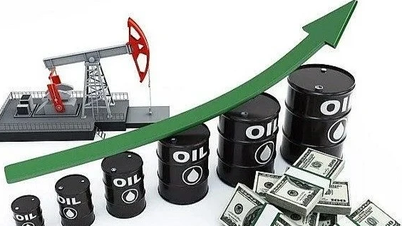

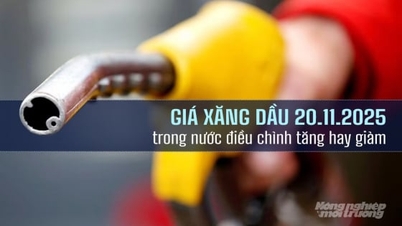

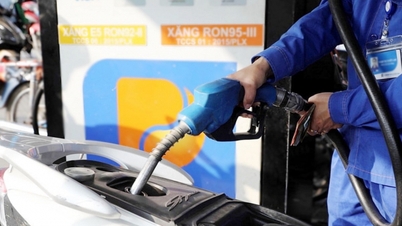
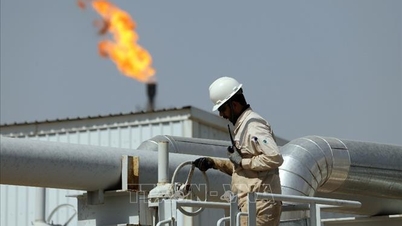


















































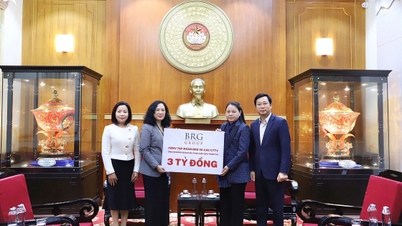











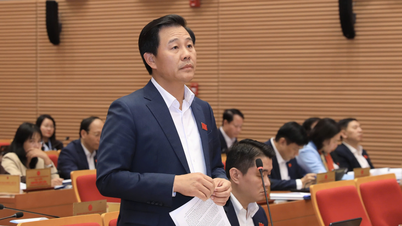
![[Photo] Opening of the 28th Session of the Hanoi People's Council](https://vphoto.vietnam.vn/thumb/402x226/vietnam/resource/IMAGE/2025/11/26/1764155991133_image.jpeg)











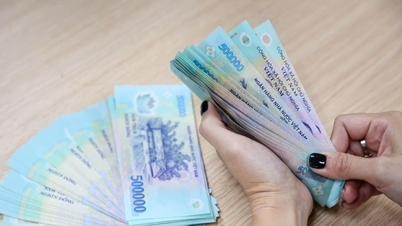




















Comment (0)